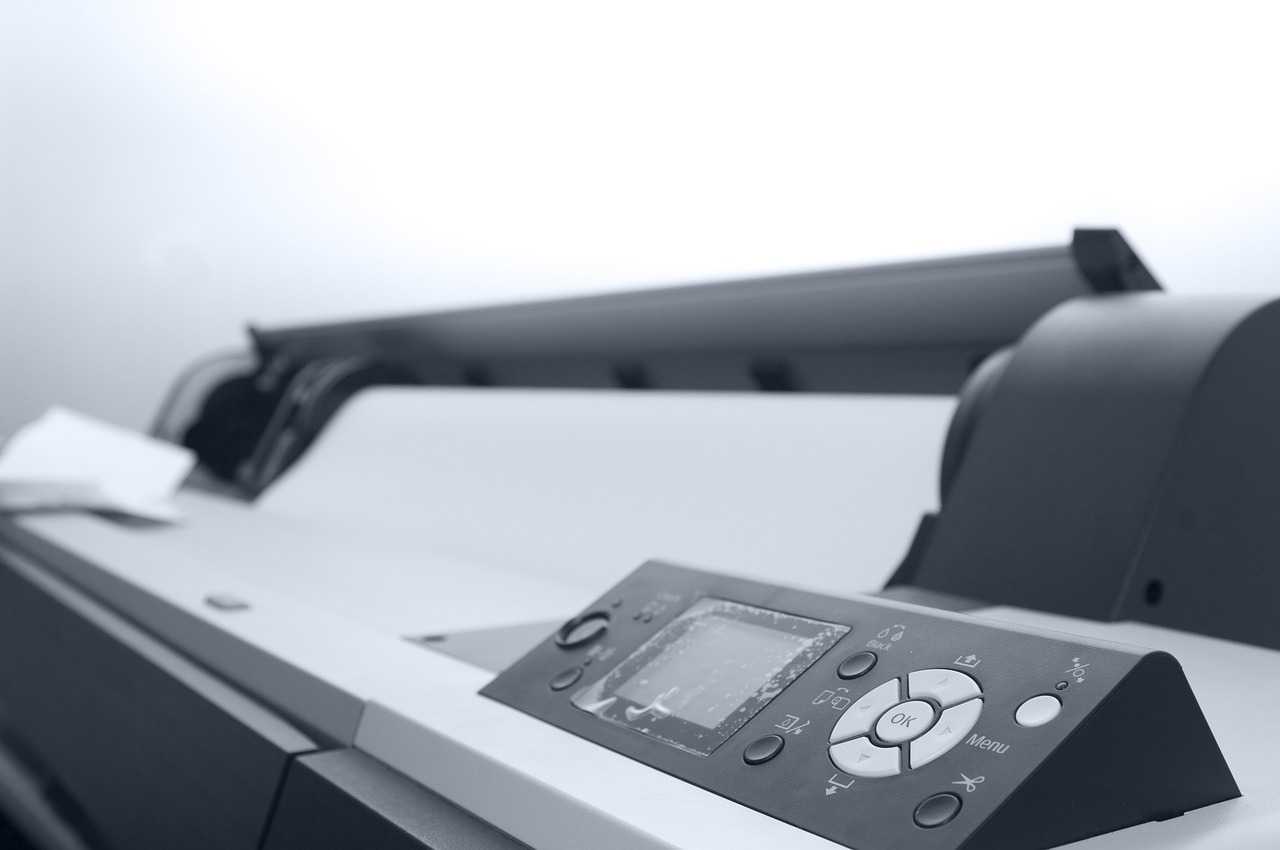What Betting Odds Actually Show You
Odds aren’t just random numbers set by a sportsbook they’re a coded message about how likely something is to happen and how much you’ll get if it does. When you see odds, you’re looking at two things: implied probability and potential payout. Implied probability tells you what the odds say about a team’s chances. Lower payout? Higher implied chance of winning. Big payout? The sportsbook thinks it’s a long shot.
For beginners, understanding this unlocks your biggest edge: avoiding bad bets. It’s tempting to chase high payouts without realizing that the odds might be screaming low likelihood. Too many people see +500 and think, “Big win,” without realizing it reflects a 16.7% chance. That’s not strategy that’s guessing.
Another common pitfall? Believing the odds are always fair. They’re not. Bookmakers bake in a margin to ensure profit. Just because a team is the “favorite” doesn’t mean it’s a guaranteed win it means the public has placed more money there.
Knowing how to read odds means you’re playing chess, not slots. You’re thinking in expected value, not hope.
Want a deeper breakdown? Check out this guide on understanding betting odds.
American Odds (+/ )
American odds are the go to format in the U.S., especially for sports like football, basketball, and baseball. You’ll usually see these odds with either a plus (+) or minus (−) sign. Here’s the quick breakdown:
A plus sign (e.g., +200) means you’re betting on the underdog. The number shows how much profit you’d make on a $100 bet. So, +200 means a $100 bet pays $200 in profit, plus your original $100 back.
A minus sign (e.g., 150) signals the favorite. This number tells you how much you need to bet to win $100. So, with 150 odds, you’d need to wager $150 to win $100.
To calculate manually:
For +Odds: (Odds ÷ 100) × Bet Amount = Profit
Example: +250 on a $20 bet = (250 ÷ 100) × $20 = $50 profit
For Odds: (100 ÷ Odds) × Bet Amount = Profit
Example: 150 on a $30 bet = (100 ÷ 150) × $30 = $20 profit
This format sticks around in the U.S. because it’s geared toward quickly sizing up the risk/reward. You immediately see who’s favored and what your return looks like at a glance if you speak the language. Once it clicks, calculating the value becomes second nature.
How to Choose the Right Format for You

Most betting platforms give you the option to switch between American, decimal, and fractional odds. It’s usually buried in your settings or preferences tab but it’s worth finding. Why? Because the format you use can shape how clearly you see value. If you’re constantly translating odds in your head, you’re slower, and sloppy mistakes creep in.
Some formats just make more sense depending on how your brain works. Decimal odds are straightforward: input equals output. You see the full return clearly. American odds, while common in the U.S., often confuse beginners with the whole plus minus system. Fractional odds can feel like a math class pop quiz if you’re not familiar. The point? Pick one that sticks and run with it.
You don’t need to master all three to make good bets. Actually, it’s better to go deep on one format than be mediocre at reading them all. Build fluency. Once you’ve locked in your go to, you’ll read odds faster, make tighter calls, and avoid the rookie mistakes that cost real money.
Final Tips for Reading Odds Confidently
Reading odds isn’t just about knowing the format it’s about knowing when the numbers actually mean something worth your attention. A lot of beginners fall for low risk bets that look safe but barely pay anything. That’s the comfort trap. Spotting real value means finding odds where the risk is worth the potential payout, especially when your research or gut tells you the underdog has a better shot than the line suggests.
To sharpen that instinct, start watching how odds shift in real time. When the public leans heavy on one team, or breaking news hits like a last minute injury or weather change you’ll see odds adjust quickly. Follow that movement. Question it. Platforms like OddsJam or Action Network track these changes live, helping you compare books and weigh whether value is emerging or shrinking.
Also, don’t get stuck in one odds format. Use converters or apps (there are plenty free and easy) that instantly flip American to decimal or fractional. Being fluent across the board lets you spot opportunities globally, without second guessing the math.
Value is out there. It’s not flashy. But it’s how you stack small wins into big gains.
Keep Learning, Keep Winning
Understanding odds is your entry ticket, not your whole game plan. Everyone can read numbers but turning that into long term profit takes strategy, discipline, and a bit of cold math. Knowing when value appears, how to manage your bankroll, and when not to bet at all that’s where serious bettors separate from the pack.
Odds tell you what might happen. Smart betting is about stacking decisions that tilt things a little further in your favor over time. Think of it like poker: the cards matter, but how you play them matters more.
Want to go past the basics? This guide to understanding betting odds breaks down the next steps so your bets aren’t just guesses dressed up in decimal points.

